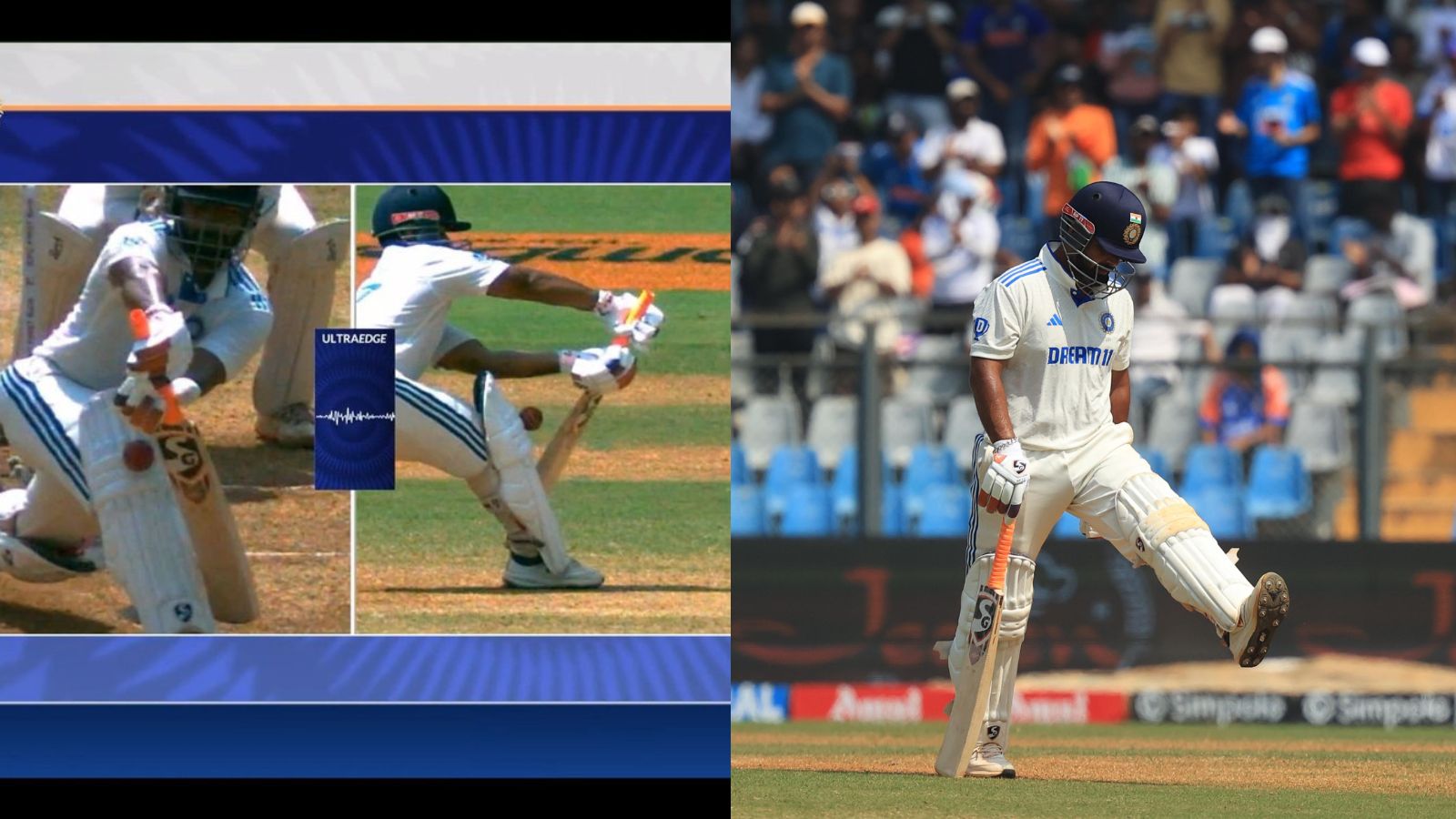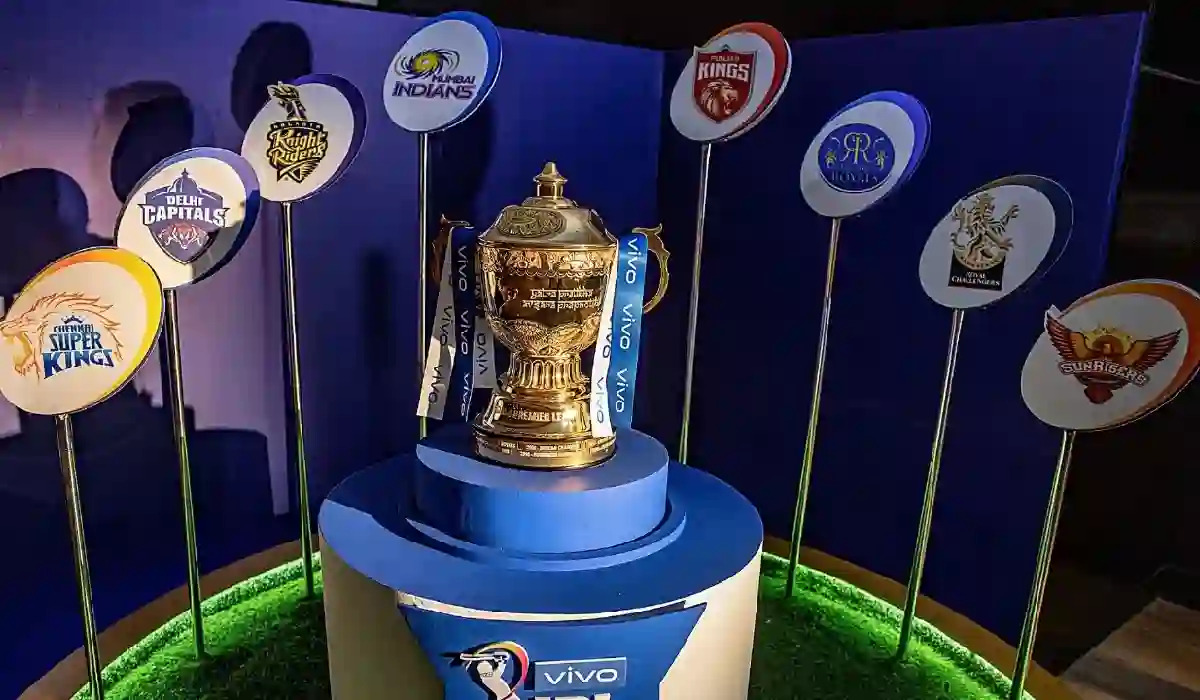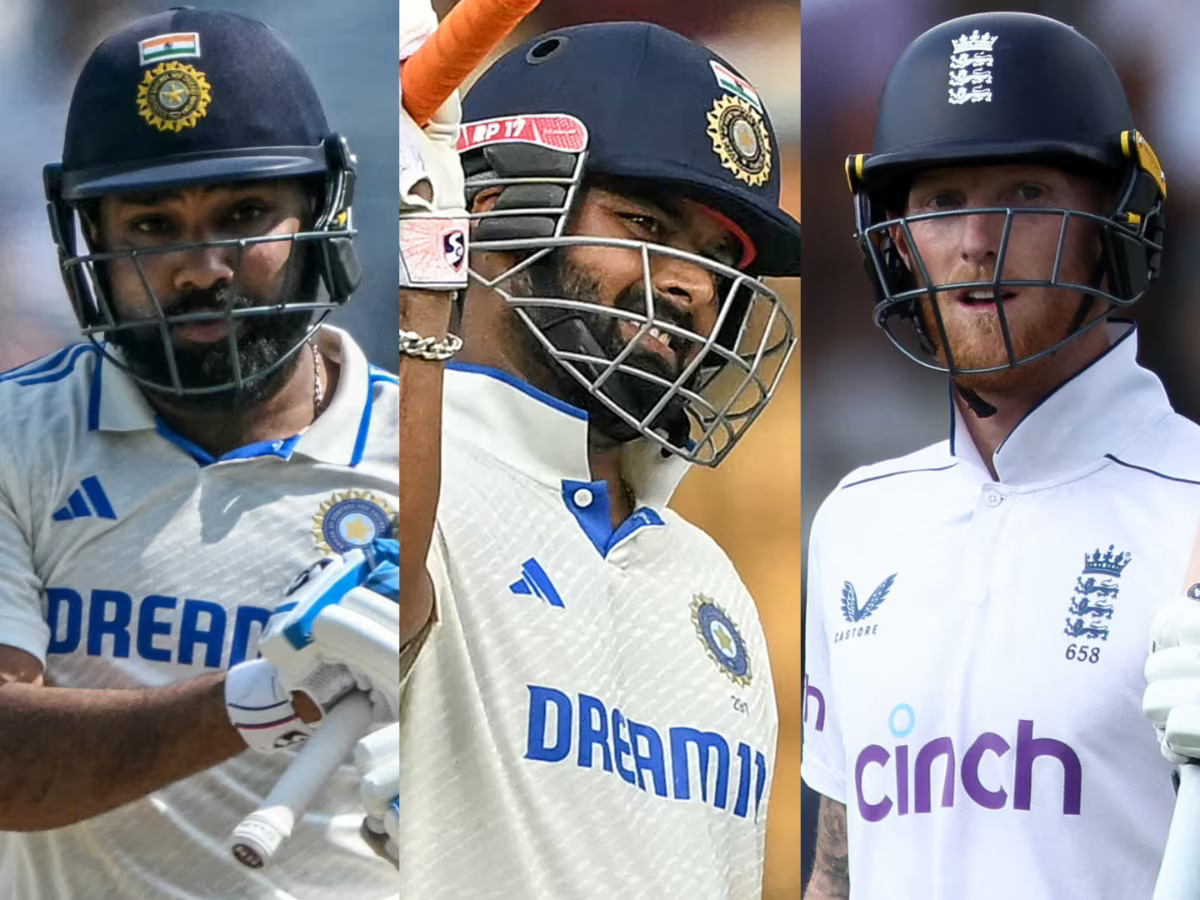A historic whitewash of India was looking dismal in light of the way Rishabh Pant led the Kiwis’ spin threat with his typical counterattacking style of play. But ultimately, it only took one delivery to make a difference. The Hot Spot has been out of the reckoning for a number of years, and the fourth delivery of the run-chase was what started the conversation about its necessity.
Prior to discussing the dismissal, which will be covered later in the article, and the opinion of former South African cricketer AB de Villiers, let’s examine Hot Spot’s specifics, including its history, costs, and the factors that caused it to come under scrutiny and eventually fade from the game.
The Hot Spot technology was introduced as one of the most advanced tools for determining if the ball has touched the bat or any other piece of cricket equipment while tracking catches or LBWs that include some degree of doubt. To determine the precise impact of the ball, infrared cameras are placed all over the ground, usually in a multi-angle camera configuration. These cameras use thermal imaging.
The technology’s primary advantage was its ability to pick up even the smallest nick. Warren Brennan, the tool’s developer, was worried about the potential use of coatings on bats, which would reduce the Hot Spot’s effectiveness, but the 2013 Ashes reignited criticism around the technique. The cost-cutting aspect would have likely also been included because the technology used to cost a bomb (about INR 566,400) per day of a Test match.
This is what de Villiers said about Pant’s termination.
Tom Latham, the captain of the Black Caps, was the one who wasn’t convinced by the not-out call made by Richard Illingworth, the on-field umpire, in the Pant saga. The willow was in tight touch with the pad, thus it was a tough call as the ball passed the bat. Although first inconclusive, a few replays were displayed that showed the bat striking the pad on the Snickometer. Paul Reiffel, the TV umpire, believed that the delivery’s trajectory had deflected just before it struck the bat, which then made contact with the pad.
Check the post below:
Controversy! Little grey area once again. Did Pant get bat on that or not? Problem is when the ball passes the bat at exactly the same time a batter hits his pad snicko will pick up the noise. But how sure are we he hit it? I’ve always worried about this and here it happens at a…
— AB de Villiers (@ABdeVilliers17) November 3, 2024
Pant was observed making every effort, but in vain, to appeal to the on-field umpires. Nearly certain that the game was basically over, he walked slowly back to the pavilion. In such touch-and-go calls, de Villiers’ tweet was the catalyst for a fruitful debate over the Snickometer’s reliability.
Also Read: Rishabh Pant hits India’s fastest half-century against New Zealand in Tests at Wankhede
The TV umpire should have given the batter the benefit of the doubt in such a tight situation where the evidence was unclear, he added in a response to his initial tweet.




 Win Projections to be updated soon
Win Projections to be updated soon



















